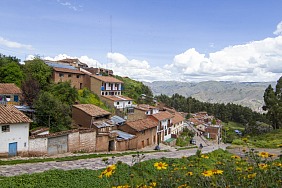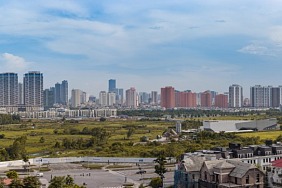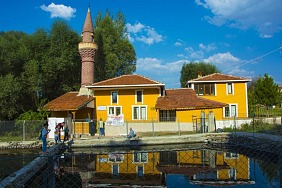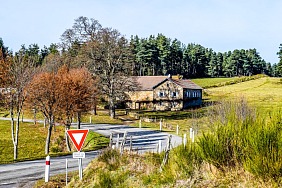When I first decided to become a digital nomad, I was overwhelmed. I had no idea where to start, and I didn't know anyone on the journey. I knew I wanted a better work-life balance and a flexible lifestyle, but I wasn't sure how to make it happen. After months of research, I finally figured out how to be a digital nomad, and I'm now living the life I've always wanted. Here's my story of how I became a digital nomad.
Step One: Finding Remote Job Opportunities
The first step in becoming a digital nomad is finding remote job opportunities. While there are many job sites and postings for remote work, I found the most success by leveraging my network. I reached out to friends, colleagues, and former employers to see if they had any leads on remote roles. I also took advantage of online job boards and websites like LinkedIn, Indeed, and FlexJobs that specialize in remote work. I even created a profile on Remoteok.io, an online resource specifically for digital nomads.
When searching for remote roles, I made sure to do my research and read the job descriptions carefully. I was looking for roles that allowed me to work from anywhere and gave me the flexibility I was looking for. I also looked for roles that paid a fair wage and had the potential for growth. With some hard work and a bit of luck, I was able to find a role that fit my needs.
Step Two: Improving Productivity
Once I had a remote job, I had to figure out how to be productive while working from home. I created a dedicated workspace in my house and set up my own remote office. I also invested in a good laptop and reliable internet connection. I found that setting up a daily routine and breaks throughout the day helped me stay productive, as well as using organizational tools like to-do lists and project management platforms like Asana.
I also found that it was important to have a work-life balance while working remotely. I made sure to take time to relax, exercise, and connect with friends and family. I also started to join digital nomad communities online to connect with other remote workers and learn from them.
Step Three: Communication and Collaboration
Communication and collaboration is essential for remote work, and I had to find ways to stay connected with my team. I set up Skype, Slack, and other communication tools to stay in touch with my colleagues. I also created a shared online workspace for our team to collaborate on projects. I also made sure to schedule regular check-ins with my team members to stay connected and up-to-date on our projects.
Step Four: Legal Considerations
I also had to consider the legal implications of being a digital nomad. I looked into taxes and insurance, and I made sure I was compliant with all local and international laws. I also researched visa requirements for the countries I wanted to visit. I found that many countries offer digital nomad visas for remote workers, so I applied for one of those.
Step Five: Career Development
Finally, I had to consider how I was going to develop my career while working remotely. I took online courses to develop my skills and networked with other digital nomads to stay up-to-date on the latest trends. I also set up informational interviews with remote workers to learn from their experiences. This helped me stay on top of the latest technologies and stay competitive in the job market.
By taking these five steps, I was able to become a digital nomad and achieve the work-life balance and flexibility I desired. I'm now living and working from around the world, and I'm loving every minute of it.














